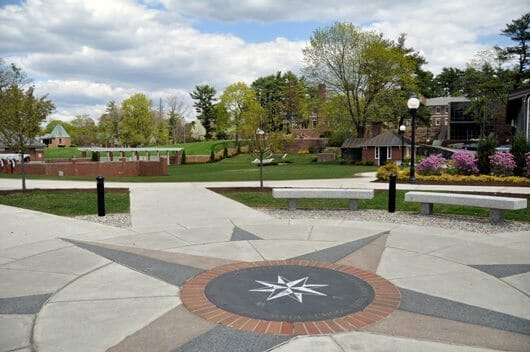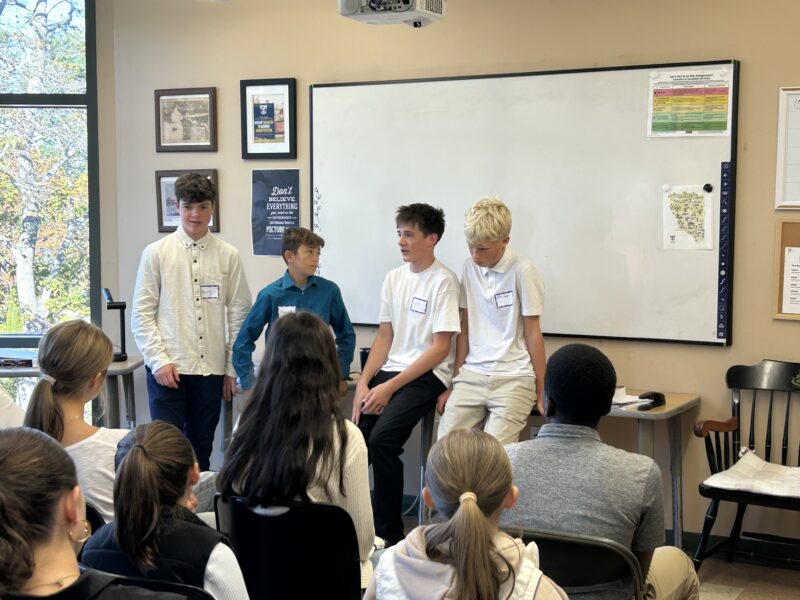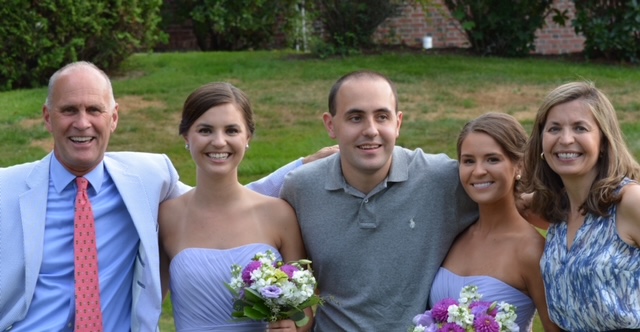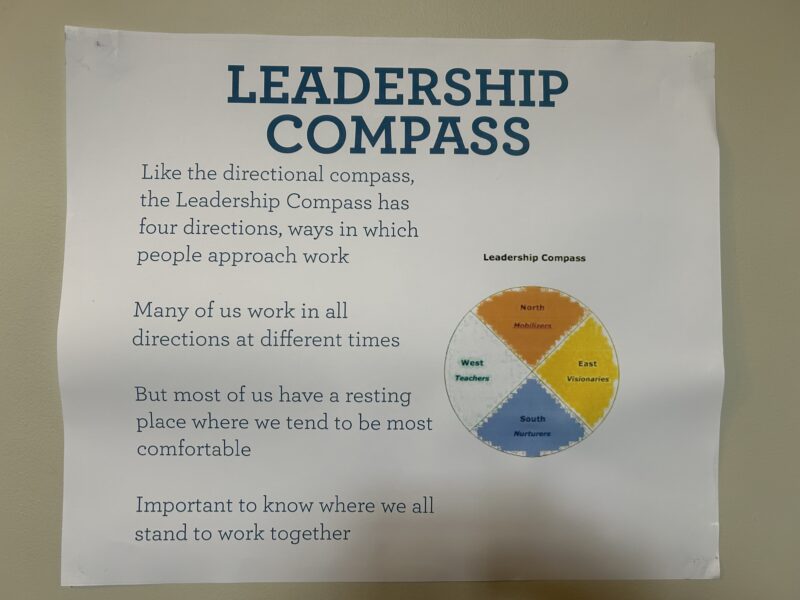
Hyde is hard to explain. When I was a student here (late 60s, early 70s) and people would ask me about the place, I would usually end up tongue-tied and conclude with a lame “Well, you should just visit and see for yourself.” I pretty much said the same thing during my college years. Then after I began working at Hyde, I found myself bound by the expectation to be a bit more articulate. This only intensified after I became head of school in the late 80s. The challenge itself also intensifies given our time-honored maxim: “At Hyde, the only constant is change.” Sometimes it seems that just when I get a fairly good handle on an explanation, the place up and changes on me again!
In any case, my latest rendition is in three parts:
- What we believe
- How we benefit
- What we actually do (A Top-10 List)
Hence, my next three blog posts will cover these three topics. Here’s the first installment:
1. What we Believe
Hyde has proudly been in the “character camp” for 45+ years. Since 1966 we have sought to integrate five words in everything we do: Courage, Integrity, Leadership, Curiosity, and Concern.
What is character? As one who has been exploring the answer to this question ever since I began teaching in the mid-70s, I naturally have my favorite definitions.
Churchill’s “Character is the habit of making right decisions” might be laconic, but when you think about it, doesn’t it all really boil down to that?
I’m also a big fan of Kevin Ryan’s short-and-sweet “To know, to do, and to love the good.” (Ryan is the founder and director emeritus of The Center for the Advancement of Ethics and Character at Boston University. See: www.bu.edu/ccsr/)
Thomas Lickona, founder of the Center for the 4th and 5th R, has added immeasurably to the discussion with his delineation of character into two distinct parts: “performance character” (e.g., self-discipline, grit, and persistence) and “moral character” (e.g., honesty, respect, and compassion). I see Hyde’s notion of the Action/Reflection Cycle as consistent with Lickona’s two-part construct. (For more on Lickona, See www2.cortland.edu/centers/character/)
I also share Lickona’s definition of character education as “the deliberate effort to cultivate virtue in its cognitive, emotional, and behavioral dimensions through every phase of school life.”
Guardian & Catapult
My definition, informed by these and other individuals I have been fortunate to encounter in my pedagogic journey, perceives character as a dual force that serves as our guardian against temptation and our catapult to greatness. Ken Grant ’72, my Hyde classmate and colleague, has likened this dual teaching dynamic to both “potty training” and “reaching for the stars.” (It is fair to say that some Hyde teachers perceive these objectives as sequential while others regard them as simultaneous.)
Most character programs I’ve observed tend to be long on guardian and short on catapult. This is because of an unfortunate but all too common tendency to equate “character program” with “solution to a problem.” For example, parents and teachers might think, Hmm… Maybe a character program would cut down on bullying on the playground. Once the problem is solved, the character program returns to the shelf only to gather dust. Despite the fact that any rational person knows we need character in both good times and bad, our schools seem mired in the guardian trap which strikes me as tantamount to one hand clapping.
At Hyde, we regard character as the means to a fulfilling and inspiring personal destiny that awaits each one of us. We call this Unique Potential. Hence, our guiding premise: Every individual is gifted with a unique potential that defines a destiny. In honoring a lifelong commitment, in both good times and bad, to developing our character, we enhance our prospects for connecting with our unique potential.
Continuums
Hyde’s approach is reflected in a 19th century poem by Charles Reade (1814-1884):
“Sow an Act and you reap a Habit; Sow a Habit and you reap a Character; Sow a Character and you reap a Destiny.”
Reade was talking about a continuum, and if you’ve been around Hyde for any length of time, you know that we are fond of continuums. One of our time-honored ones is one we call Motions/Effort/Excellence. Whether attempting to master a skill or develop a productive attitude, we have observed that kids (and adults!) tend to evolve through three phases:
- The motions of responsible behavior (sometimes with a less than willing participant);
- The beginnings of authentic effort and enterprising initiative;
- The commitment to excellence and one’s personal best.
Hang around a Hyde classroom, athletic team, or performing arts troupe and you’ll see tangible evidence of all three phases in operation.
Another important continuum at Hyde is one we call Rigor/Synergy/Conscience:
- Rigor: Accepting accountability for your end of things;
- Synergy: No (wo)man is an island… 1 + 1 = 3… We all need to offer and accept help;
- Conscience: The search for one’s destiny through a commitment to excellence.
As a longtime history and government teacher, I liken Rigor/Synergy/Conscience to taking responsibility for your executive, legislative, and judiciary functions. At Hyde, all three components are important factors in our personal growth and development whether we are students, teachers, or parents… and even on into the future when we’re just “normal” people!
My next post will cover Hyde’s benefits. Onward, Malcolm


